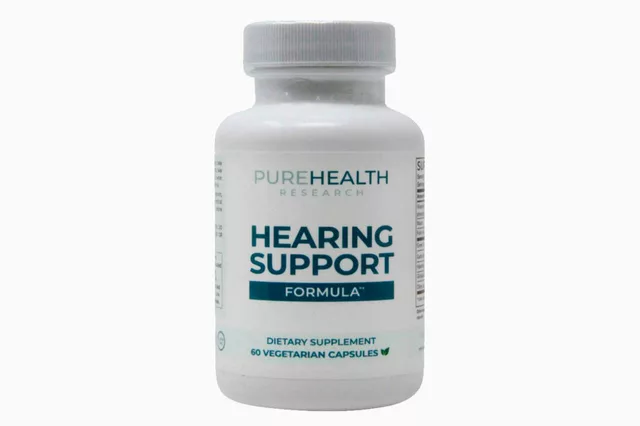Azithromycin: What It Is, How It Works, and When to Use It
When you hear azithromycin, a widely prescribed antibiotic that belongs to the macrolide class. Also known as Z-Pak, it’s used to clear a range of bacterial infections. In everyday practice, macrolide antibiotics, a group that includes azithromycin, are prized for their long tissue half‑life and convenient once‑daily dosing. They target bacterial respiratory infections, skin infections, and certain sexually transmitted infections, making them a handy option for clinicians and patients alike.
One of the biggest reasons doctors pick azithromycin is its simple dosage schedule. A typical adult course for community‑acquired pneumonia might be 500 mg on day 1 followed by 250 mg once daily for four more days. For uncomplicated chlamydia, a single 1 g dose often does the trick. This short‑course approach stems from the drug’s pharmacokinetic profile: it concentrates in tissues and maintains therapeutic levels for up to a week after the last dose. That means fewer pills, better adherence, and fewer missed doses, which is especially helpful for travelers or busy families.
The drug’s long half‑life isn’t just a convenience—it also shapes its safety profile. Because azithromycin stays in the body longer, it can cause fewer gastrointestinal upsets than some shorter‑acting antibiotics, but it isn’t completely free of side effects. Common complaints include mild nausea, abdominal cramping, or a transient taste change. More serious, though rarer, issues involve heart rhythm changes, especially QT‑interval prolongation. Patients taking other QT‑prolonging meds need a careful review, as the combination can raise the risk of arrhythmias.
That brings us to drug interactions. Azithromycin can boost the blood‑thinning effect of warfarin, potentially leading to excess bleeding if doses aren’t adjusted. It also interacts with certain antacids, reducing its absorption if taken too close together. The safest bet is to separate azithromycin from antacids by at least two hours and to monitor INR levels closely if you’re on anticoagulants. Knowing these interaction patterns helps you avoid surprises and keep therapy effective.
Resistance is a growing concern with any antibiotic, and azithromycin is no exception. Overuse or incomplete courses can select for resistant strains of Streptococcus pneumoniae or Mycoplasma genitalium. That’s why clinicians stress completing the full prescribed regimen, even if symptoms improve early. In areas with high macrolide resistance, alternative agents like doxycycline or amoxicillin may be preferred, underscoring the importance of local resistance data when choosing therapy.
Special populations deserve extra attention. In pregnant women, azithromycin is generally considered safe and is often chosen over other antibiotics that carry higher fetal risk. Children can receive weight‑based dosing, making it a common choice for ear infections and certain sinus infections. For patients with liver disease, dose adjustments may be needed because the drug is processed in the liver. Always discuss personal health factors with a healthcare professional before starting a new course.
When comparing azithromycin to other antibiotics, a few key differences stand out. Doxycycline, for instance, offers a broader spectrum against atypical organisms but requires a longer treatment duration and can cause photosensitivity. Amoxicillin is effective for many ear and throat infections but must be taken multiple times a day. Azithromycin’s once‑daily dosing and shorter course often win out for compliance, though clinicians weigh efficacy, side‑effect risk, and local resistance patterns before deciding.
Below you’ll find a curated list of articles that dive deeper into each of these topics. Whether you’re looking for detailed dosing charts, side‑effect management tips, or the latest resistance trends, the collection ahead gives you practical, up‑to‑date information to make the most of azithromycin therapy.
Clarithromycin (Biaxin) vs Alternatives: Benefits, Risks & Best Uses
A detailed comparison of Clarithromycin (Biaxin) with azithromycin, erythromycin, doxycycline, and levofloxacin, covering efficacy, side effects, cost, and best uses.






